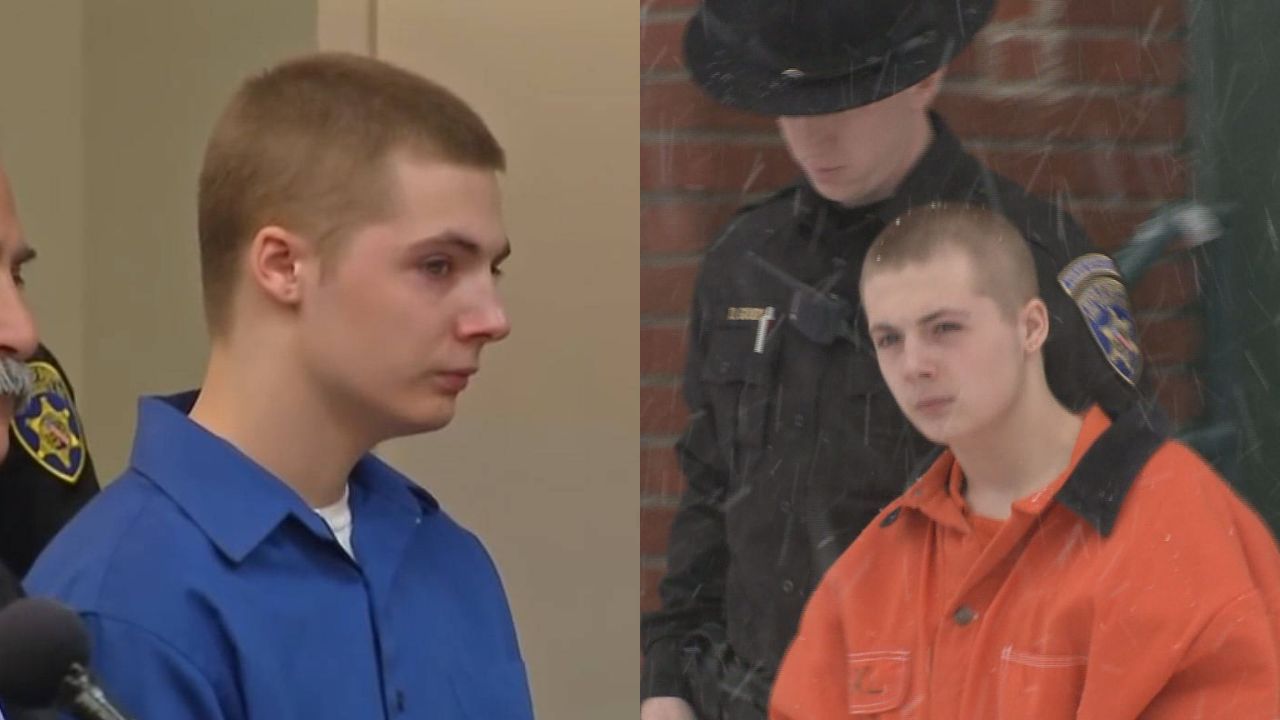
Introduction
Dylan Schumaker, a name that echoes through discussions on juvenile crimes, brutality, and the possibility of rehabilitation. The story of Schumaker is one that challenges society to reflect on its approach to at-risk youth, life terms, and the nuances of punitive measures. This article aims to delve into the life of Dylan Schumaker, exploring the issues surrounding juvenile crimes, the punitive system, and the potential for rehabilitation.
Brutality and Violent Behaviors
The case of Dylan Schumaker involves allegations of brutality and violent behaviors, bringing into question the factors that may contribute to such actions in young offenders. It is crucial to understand the root causes of such behaviors, considering factors like mental health disorders, family dynamics, and societal influences.
Life in Prison and Its Consequences
The prospect of a life term for a young individual raises ethical concerns, prompting a reflection on the purpose of punitive measures. The consequences of a life sentence on a juvenile offender are vast, affecting not only the individual but also their families and communities. The question emerges: Does a life sentence truly serve justice, or is there room for a more rehabilitative approach?
The Punitive System and At-Risk Youth
Examining the punitive system’s role in dealing with at-risk youth is essential in understanding how society addresses juvenile crimes. Are punitive measures effective in deterring future offenses, or do they perpetuate a cycle of violence and retribution? Dylan Schumaker‘s case shines a light on the need for a nuanced approach that considers the unique circumstances surrounding juvenile offenders.
Juvenile Crimes and False Information
The sensationalism surrounding juvenile crimes often leads to the spread of false information. It is essential to distinguish between factual reporting and sensationalized narratives, as misinformation can have severe consequences on public perception and the fate of young offenders like Schumaker. Responsible journalism and fact-checking, exemplified by platforms like Snopes.com, play a vital role in shaping public opinion.
Rehabilitation: A Viable Alternative?
The concept of rehabilitation emerges as a potential alternative to the punitive system, especially for young offenders. Can rehabilitation programs effectively address the root causes of juvenile crimes, providing an opportunity for personal growth and reintegration into society? Dylan Schumaker’s case underscores the importance of considering rehabilitation as a viable option for at-risk youth.
Mental Health Awareness and Juvenile Offenders
The intersection of mental health and juvenile crimes cannot be ignored. It is crucial to address mental health issues within the context of the justice system, promoting awareness and understanding. Recognizing and treating mental health disorders in young offenders may be a key factor in preventing future criminal behavior.
Responsibility to Protect and Child Safety
Society bears a responsibility to protect its youth and ensure child safety. Balancing the need for accountability with the understanding that young offenders may be products of their environment and circumstances is a delicate task. Striking this balance requires a comprehensive approach that considers both the safety of the community and the potential for rehabilitation.
Fake News and Its Impact on Public Opinion
The role of fake news in shaping public opinion on juvenile crimes cannot be overlooked. Misinformation can fuel fear and prejudice, hindering efforts to implement effective and compassionate solutions for young offenders. It is essential for the public to be discerning consumers of information, relying on credible sources to form opinions on sensitive matters like Dylan Schumaker’s case.
Grief, Murder, and the Human Cost
Behind every crime, there is a human cost, particularly when it involves acts as severe as murder. Grieving families seek justice, but it is essential to acknowledge that the path to justice may vary. Dylan Schumaker’s case prompts a reflection on the balance between accountability, compassion, and the human toll that violent crimes extract.
Conclusion
Dylan Schumaker’s story is a microcosm of the complex issues surrounding juvenile crimes, brutality, and rehabilitation. As a society, we face the challenge of reevaluating our approach to at-risk youth, understanding the root causes of violent behaviors, and exploring alternatives to punitive measures. The path forward requires a commitment to mental health awareness, responsible journalism, and a nuanced understanding of the delicate balance between accountability and rehabilitation. In shaping the narrative around cases like Schumaker’s, we have the opportunity to redefine our collective approach to justice and create a system that not only punishes but also rehabilitates and heals.


